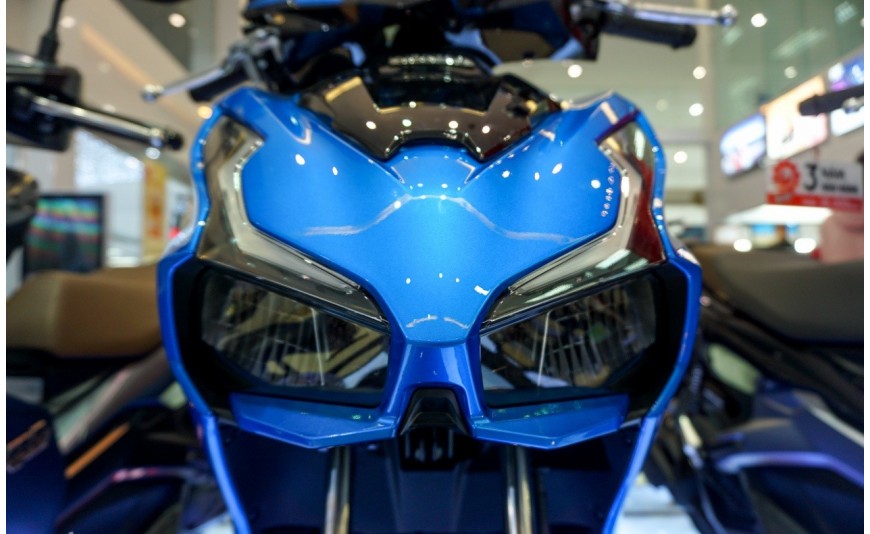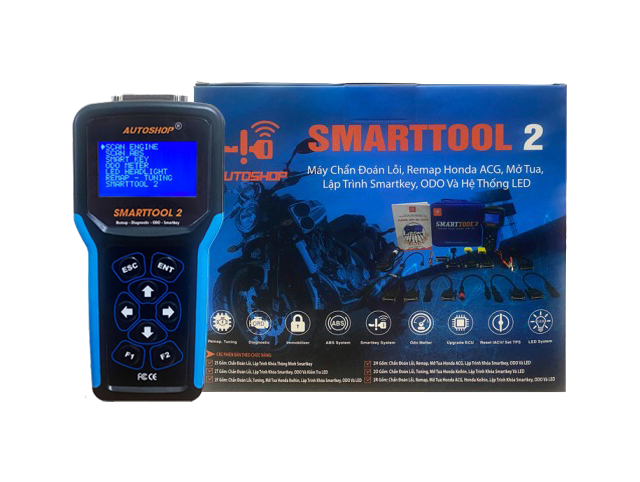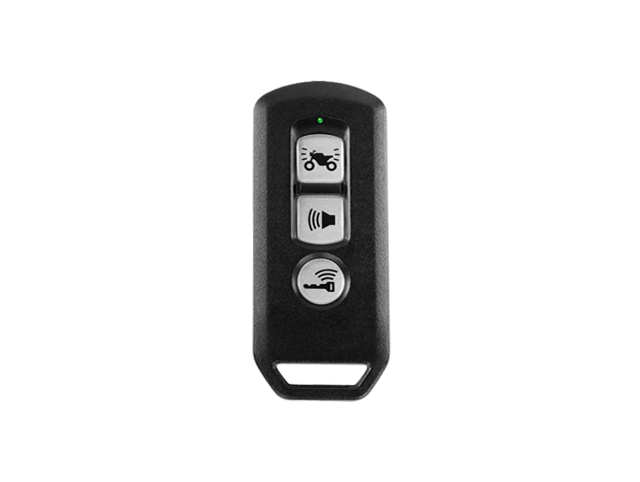What is LED technology? How does it work?
- 28 Jan, 2021
- 1 Comments

LED Lights (short for Light Emitting Diode) are diodes capable of emitting visible light, infrared, or ultraviolet rays.
- LED lighting is currently the best lighting technology available and is no longer unfamiliar to users. LED power output continues to increase, while efficiency and reliability remain at acceptable levels. The invention and development of high-power white LEDs have quickly replaced incandescent and fluorescent bulbs.
- For this reason, LED lighting technology has also attracted the attention of vehicle manufacturers and has been integrated into their vehicles. Instead of simply using wiring systems and incandescent bulbs with reflector assemblies for lighting, LED lighting requires more advanced systems. To enhance the illumination capability of LEDs, a more complex control system is necessary.
- There are many types of LED lights available on the market. So which types of LEDs are currently used in motorcycle lighting systems? Do they use high-power LEDs like those used in stadium lighting? Of course not — the type of LEDs used must be chosen to match the headlight technology of motorcycles.
- With LEDs, two concepts you need to understand are Lumen and LUX. Lumen (luminous flux) is the total amount of visible light emitted. LUX is the useful luminous flux (also known as beam focus or illuminance) from the total lumens emitted.
- Naturally, the higher the LUX, the more focused and intense the beam is, which allows for better road visibility compared to a bulb that disperses light in all directions without focusing on any specific area. This is similar to how a streetlamp functions — light is scattered everywhere.
CHARACTERISTICS OF LED LIGHTS
1. Light Output
- In 2002, the light output of LEDs was about 20 lm/W. Today, commercial LED devices can achieve up to 150 lm/W, and experimental LED bulbs have reached outputs of 208 lm/W. This efficiency far exceeds that of incandescent bulbs (15 lm/W) or fluorescent lamps (80–95 lm/W).
- Higher efficiency also means lower power consumption, allowing for a return on investment in LED lighting compared to traditional lighting within about a year, depending on usage.
2. Lifespan
- LED lights have a lifespan of 30,000 to 100,000 hours. This means an LED can last between 10 to 30 years, depending on daily usage.
- A longer lifespan reduces maintenance costs, making LED technology an ideal choice for motorcycle lighting systems. However, since LEDs on vehicles operate at high power and in harsh environments, their lifespan may be significantly reduced.
- Like most lighting devices, LEDs are affected by high temperatures — even though they emit very little heat during operation. That small amount of heat is still enough to cause lumen degradation and shorten the LED's life. Therefore, heat sinks or cooling systems are usually added to LED designs. The lifespan of an LED heavily depends on the quality of its heat dissipation system.
3. Operating Characteristics
- LEDs operate at lower temperatures and are not sensitive to cold temperatures, making them safer and more effective in cold environments.
- LEDs are not affected by frequent switching on and off, which is ideal for vehicle lighting systems that require regular switching.
4. Vibration Resistance
- If you look closely at an LED, you'll notice that the electrodes are enclosed in a transparent acrylic casing. Since there is no filament, LEDs are resistant to vibration, making them highly suitable for use in vehicle headlight technology.
5. Electrical Characteristics of LEDs
- The operation of LEDs is similar to many other types of semiconductor diodes.
- They allow current to flow in one direction — from A (Anode – Positive) to K (Cathode – Negative).
- Forward voltage (operating voltage): 1.5 – 4V.
- Reverse voltage is lower than that of standard diodes.
LED SPECIFICATIONS
Indicator LEDs:
- Operating Voltage: 1.5 – 4V
- Current Consumption: 20 – 30 mA
- Available Colors: Red, yellow, blue, green, purple, etc.
- Sizes: Round LEDs of 3mm, 5mm... SMD LEDs: 0603, 0805, 1210, 3528, 3535…
(For example, 0805 means 0.08 inches by 0.05 inches, or approximately 2.0 mm x 1.25 mm.)
Lighting LEDs:
- Operating Voltage: 2.8 – 3V
- Current Consumption: 100 – 6000 mA
- Color: Depends on color temperature (Kelvin)
- LED Sizes: SMD types such as 3014, 3528, 3535, 2835, 5050, 5630…
LEDs used in motorcycle headlight assemblies:
- Size: SMD 3528
- Power: 2W – 5W
- Color Temperature: 4000 – 6000K
HOW TO CONTROL LED OPERATION
LEDs are very sensitive to voltage. To ensure stable operation regardless of the power supply, there are two basic methods of controlling them:
- Using a current-limiting resistor to control the LED.
- Using a constant current source to drive the LED.
- At this point, you might wonder why we don’t just supply the LED with its exact rated voltage. The reasons are:
- It's not always possible to produce a precise voltage supply for the LED (e.g., 3V).
- Supplying exact voltage often drives the LED at nearly 100% of its capacity, which significantly shortens its lifespan.
Source: Autoshop Vietnam




















i likke app ineed teach